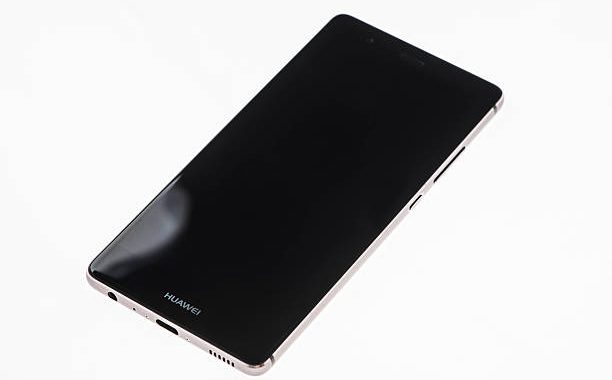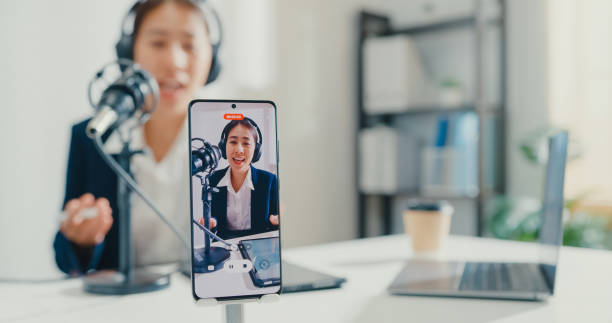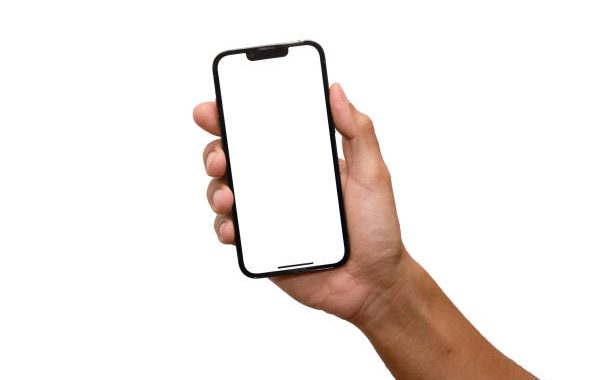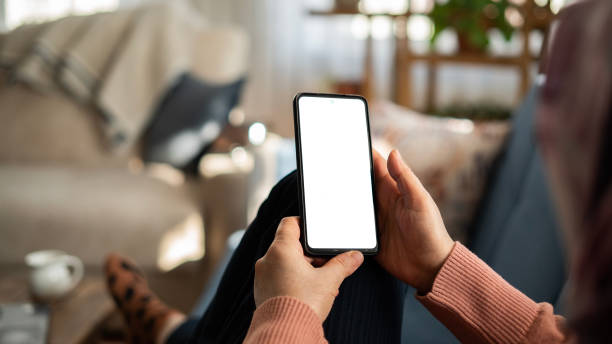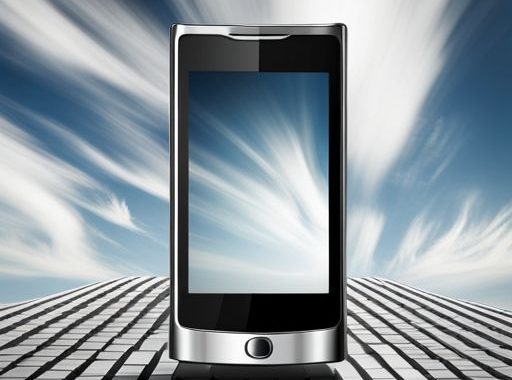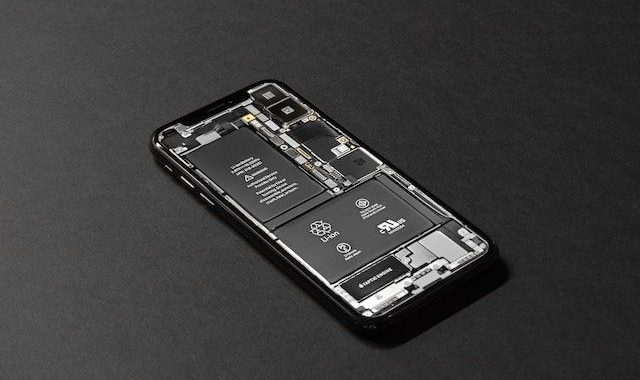Every year, smartphone enthusiasts eagerly await new flagships, and Huawei phones are among the most anticipated thanks to their innovation and quality upgrades. "The Huawei Mate 50 Pro is this year's hit, and it's not just the excellent camera that stands out, but also the other features.
"Huawei Mate 50 Pro - great camera and more
"The Huawei Mate 50 Pro stands out for its photographic capabilities, especially with a 50-megapixel main camera, a 13-megapixel wide-angle lens and a 64-megapixel telephoto lens with 3x optical zoom. The phone features an efficient autofocus system and optical stabilisation. Special image processing algorithms and software allow you to edit and enhance your photos right on your phone.
Video editing options
"Huawei Mate 50 Pro offers a wide range of video editing tools to create professional-grade content. A variety of effects, animations, texts and soundtracks are available.
Innovative aperture and XMAGE system
The phone features an adjustable lens aperture similar to a professional camera system. The XMAGE system allows the user to choose from different image processing modes, giving the user more control over their photos.
Powerful processor and long battery life
"The Huawei Mate 50 Pro is powered by an 8-core Qualcomm Snapdragon 8+ Gen 1 processor for excellent performance and stability. The device is equipped with a high-capacity 4700 mAh battery for long battery life and fast charging.
Unique design and resistance
The phone is available in two colours, black and orange, with a faux leather back. The orange version is not only good-looking but also practical, with a non-slip back that is resistant to abrasion and dirt.
Screen quality
"The Huawei Mate 50 Pro features a 6.74-inch OLED display with a resolution of 2616×1212 and a refresh rate of 120 Hz. The display design is modern with narrow bezels and curved edges.
Summary
"The Huawei Mate 50 Pro is the perfect choice for those looking for a smartphone with a high-end camera, a powerful processor, a long battery life and a distinctive design. It's the ideal choice for photography enthusiasts and those who value quality content and want an exceptional device.

